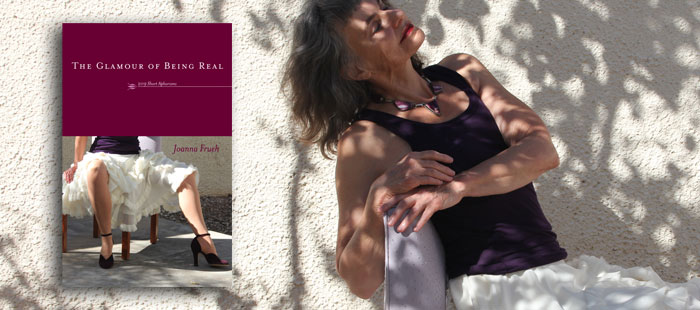
Graduation Year: 2012
Hometown: LA
Q: Why do you choose to mainly work in black and white?
A: I think it's more real. It seems honest and pure. I can't hide behind colors to distract myself and my audience from what I'm really thinking about.
Q: You have a large background in modeling. When did you realize and decide you wanted to switch from being in front of the camera to behind?
A:When I realized I couldn't push myself as the model to create the intense images that I wanted. As a fashion model, you don't get much say in the final piece, but as the photographer I can inspire, shoot, create, and push the limits. Ultimately, deciding my hopeful future role as an art director.
Q: You mentioned you now want to be an art director instead of a photographer. Why?
A: I think I'd have more control that way, which is exactly what I love. I've had so much experience now as the model, stylist, photographer, and it all adds up to being a director for me. Creating a vision that a team can commit to, put together, and produce.

Q: Where would you like to see your work end up?
A: I would love to be the executive art director of a magazine or publishing company, like Conde Nast. I could even see myself behind a brand name, creating the campaigns, and choosing the layouts for each new season or issue.
Q: Who are you influenced by?
A: Other artists, fashion designers, models, directors, writers, and photographers. I follow blogs from these creative people almost religiously and buy magazines constantly. I aspire to create the emotions inflicted by my favorite works of theirs.
Q: Share a funny story about your art.
A: My parents used to tell me that I couldn't draw; I specifically remember them calling me the scribbler, and teasing that I didn't color inside the lines. Therefore, I was in band for seven years, as a saxophone player, and didn't take an art class until my last year or two in high school.
...Who would have known it would be my major a few years later?
Q: As you recall, what is your first piece of artwork you created?
A: This weird little drawing I found in my parent's desk a few years ago. Why they kept it, I have no idea. It's supposed to be my interpretation of Picasso's work- and turned out as this funny little green, triangle man.

Q: Why do you mainly photograph people?
A: Because I don't understand them. Because they are: beautiful, dangerous, mysterious, and haunting- to me. I enjoy using the body as a vessel to show my frustration about humans, emotion, and beauty. There is something I don't fully understand about all of these things, but I feel a very strong connection to them.
Q: What aspects of the program or school engage you the most?
A: Lots of one on one time with my professors, due to the small class sizes. I love how it feels just like a family. After attending a larger university before coming to SNC, this feels like the perfect fit. Even teachers from other departments support, critique, and provide helpful words of wisdom, which doesn't seem to happen at other larger schools.
Q: Leave us with a quote or words of advice.
A: Don't listen to the wrong people.

To view Kasey's website click here
Interview by: Christy Rasmussen






